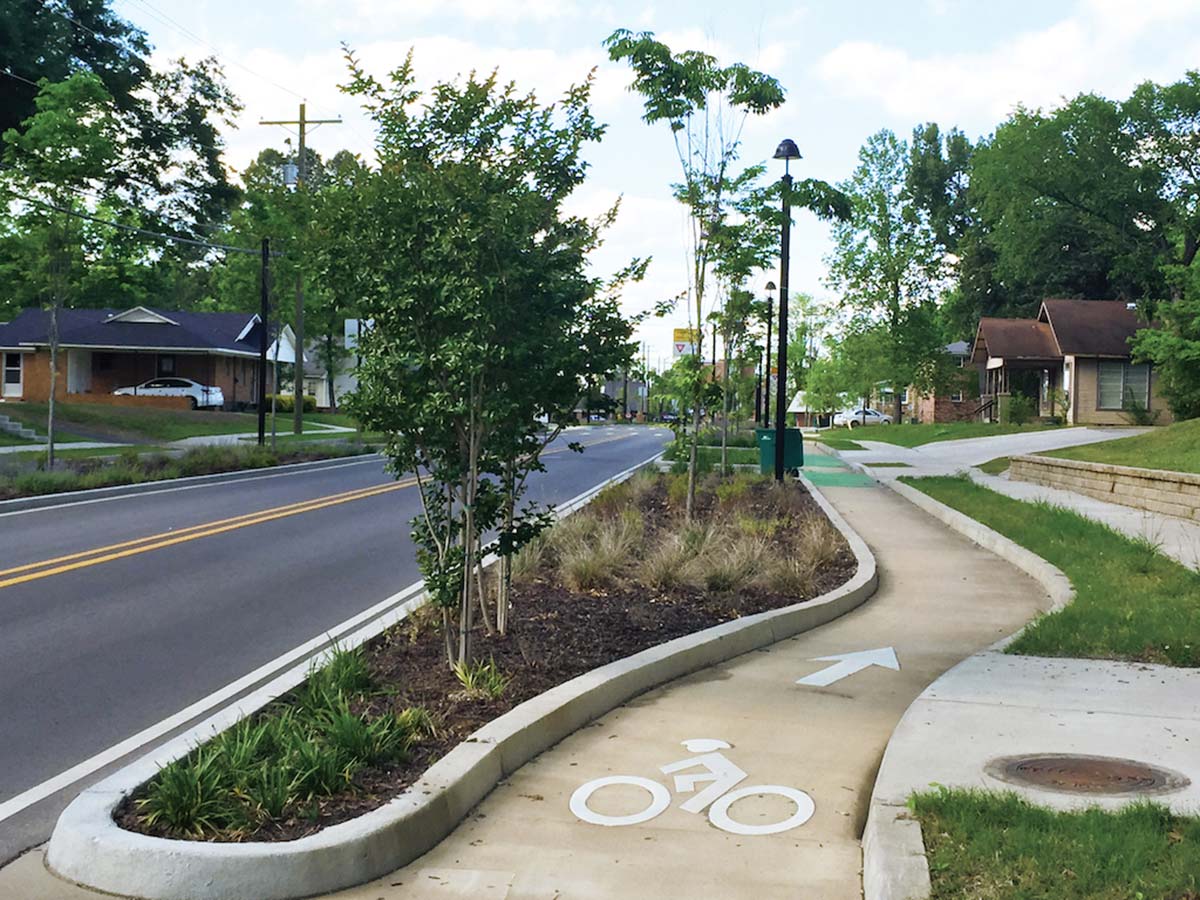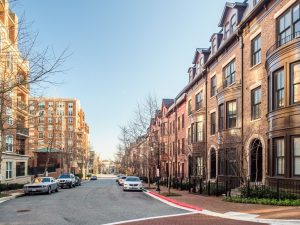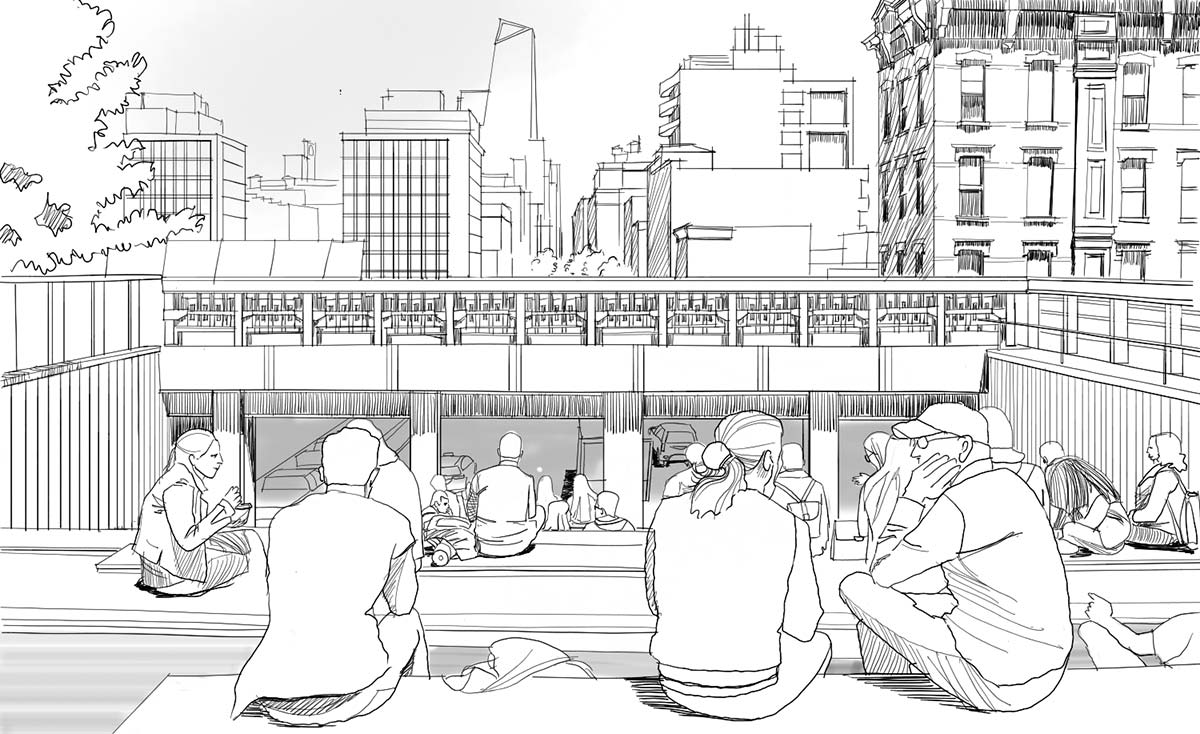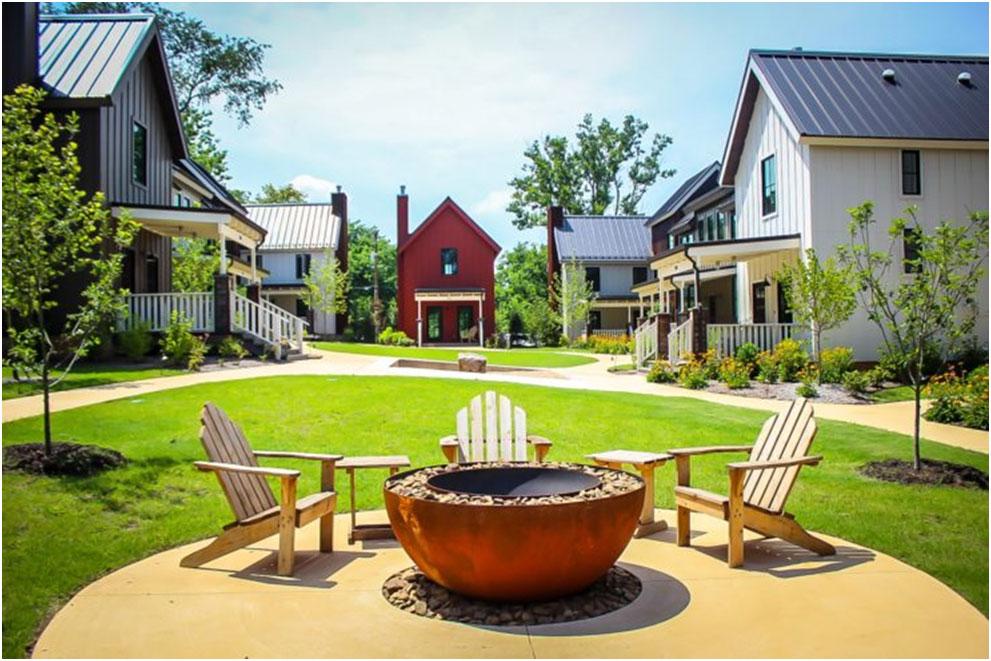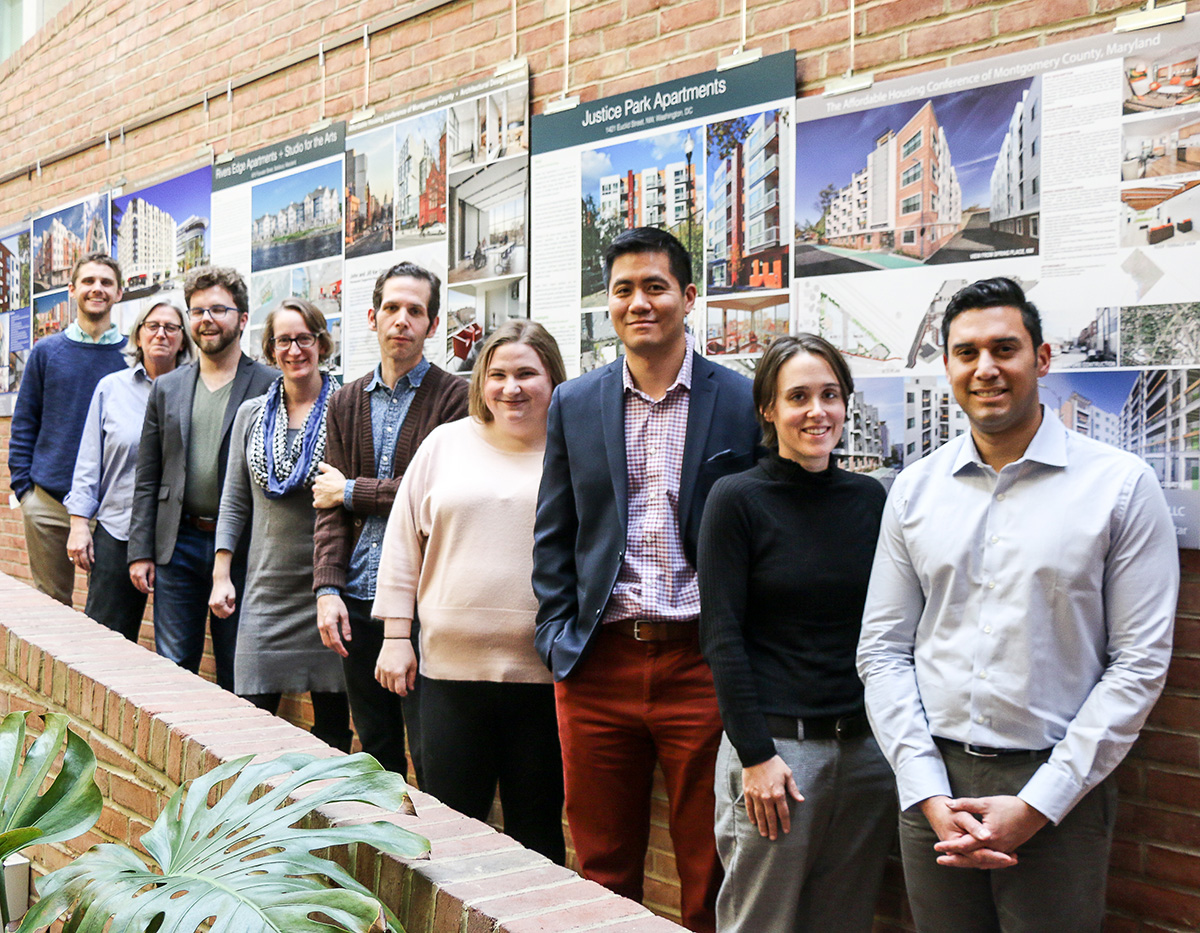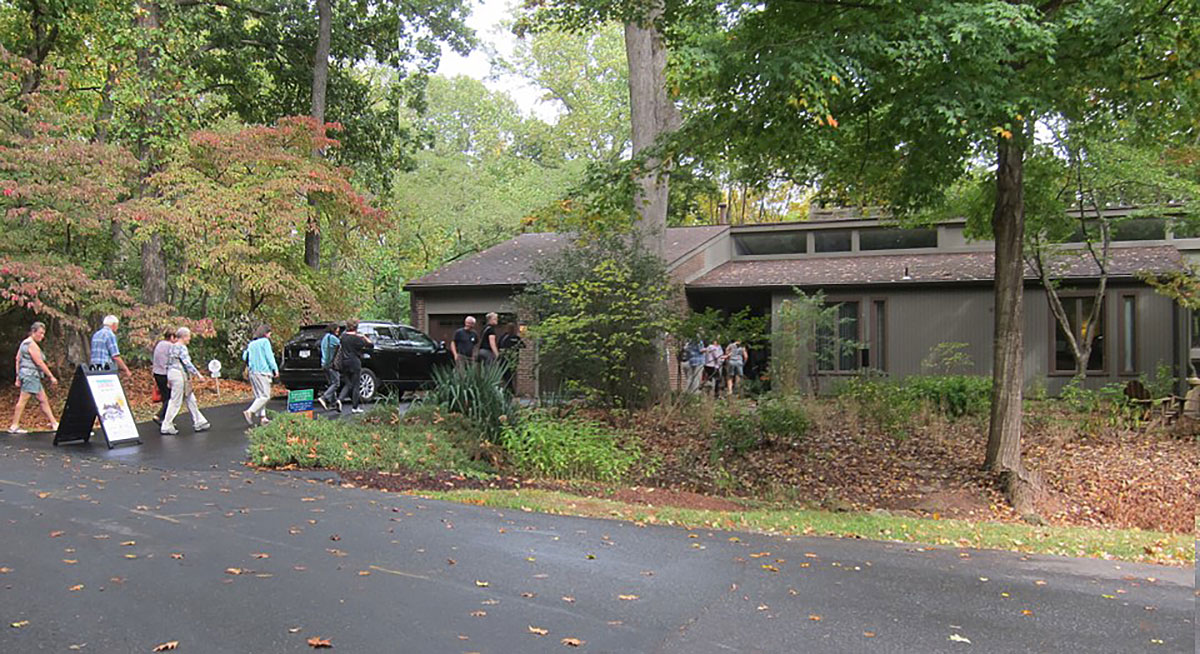
As our county continues to become more diverse, public art can fill a uniting role in bringing communities together
The Wheaton, Silver Spring and Bethesda Metro stations have pieces of public art that are hard to miss. The installation of Penguin Rush Hour (pictured above), Tunnel Vision or Beacon I will likely stop you in your tracks while you wonder: “How did this artwork get here?”
Penguin Rush Hour by artist Sally Callmer was originally created as a temporary public art installation at the Silver Spring station in the 1990s. However, the community united to raise money to repair the artwork and make it permanent. The penguins were so much a part of the community’s identity that Silver Spring … Continue reading

